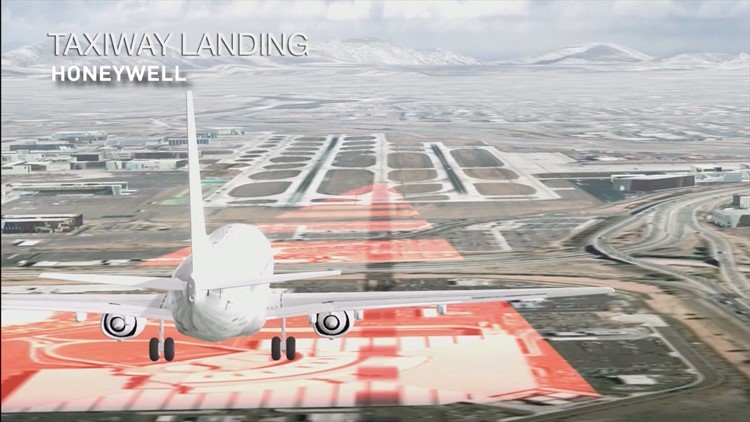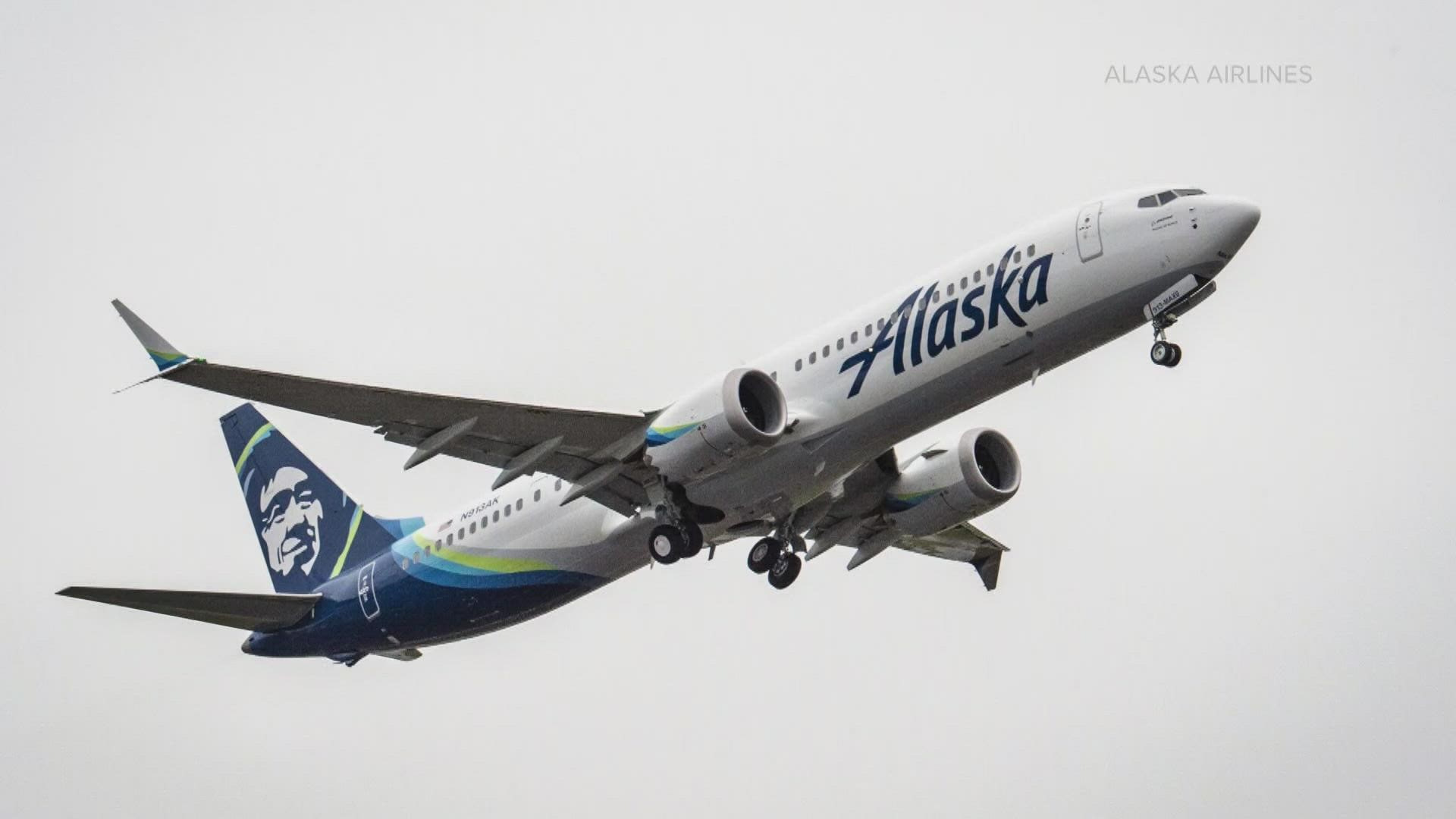Federal transportation officials released recommendations this week for new technology on runways after a near miss last year in California.
On July 7, 2017 at San Francisco International Airport, the National Transportation Safety Board concluded that Air Canada flight 759 came within just feet of colliding with a line of jets waiting in line on a taxiway until cleared to take off from a nearby runway. It could have been an epic airport disaster putting an end to the safest period for commercial aviation history.
The NTSB concluded “the probable cause of this incident was the flight crew’s misidentification of taxiway C as the intended landing runway.”
In a report released Tuesday, the NTSB cited contributing factors, including pilot fatigue, which also resulted in the crew failing to manually tune the plane to the airport’s Instrument Landing System which would have told them they were not lined up with the runway. The Safety Board also faulted Air Canada for not doing more to fully inform the pilots of the “approach procedure” to the airport and information that a nearby runway was closed shortly before the landing.
While the finding of probable cause tells us what happed, it’s also the NTSB’s job to prevent accidents.
The NTSB recommended that the Federal Aviation Administration require that, “…airplanes landing at primary airports…be equipped with a system that alerts pilots when an airplane is not aligned with a runway surface.” Also, “collaborate with aircraft and avionics manufacturers and software developers to develop the technology for a cockpit system that provides an alert to pilots when the airplane is not aligned with the intended runway surface…”
Much of that technology already exists and was developed by Honeywell Aerospace in Redmond. Called Smart Landing, along with Smart Runway and Smart Taxiway, the technology is designed to keep pilots from being in the wrong space.
Such technology would have warned the pilots they were lined up to land on a taxiway. In addition, the company has developed a technology that would have made taxiway C at San Francisco International look like broad daylight on the cockpit display, using a combination of computer generated or synthetic vision combined with infrared cameras that can create images by the differences in heat between objects.
The NTSB also called for modified airport surface detection equipment to detect potential taxiway landings and provide alerts to air traffic controllers.



